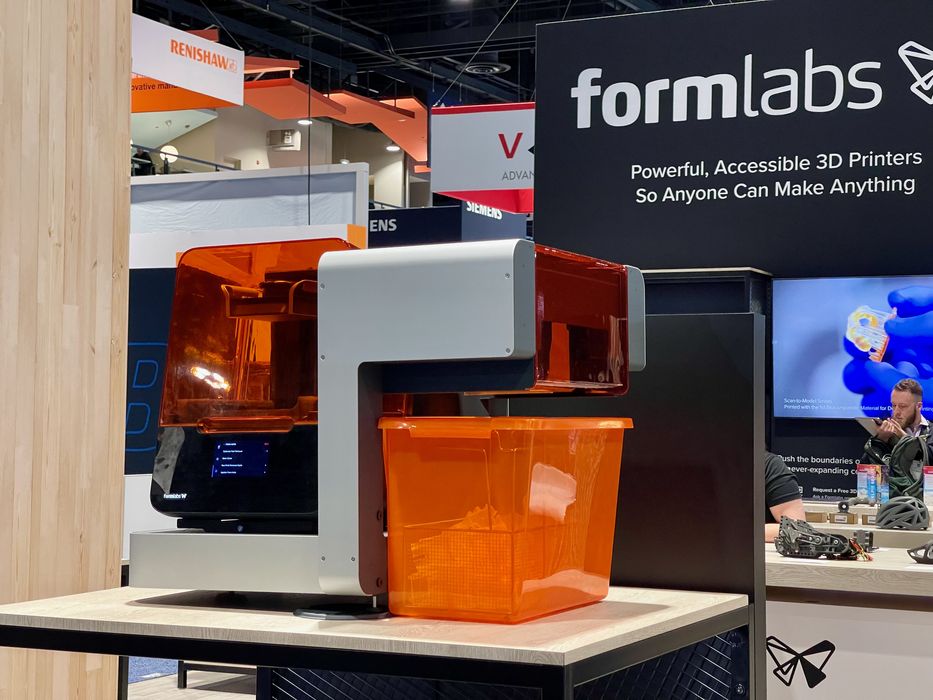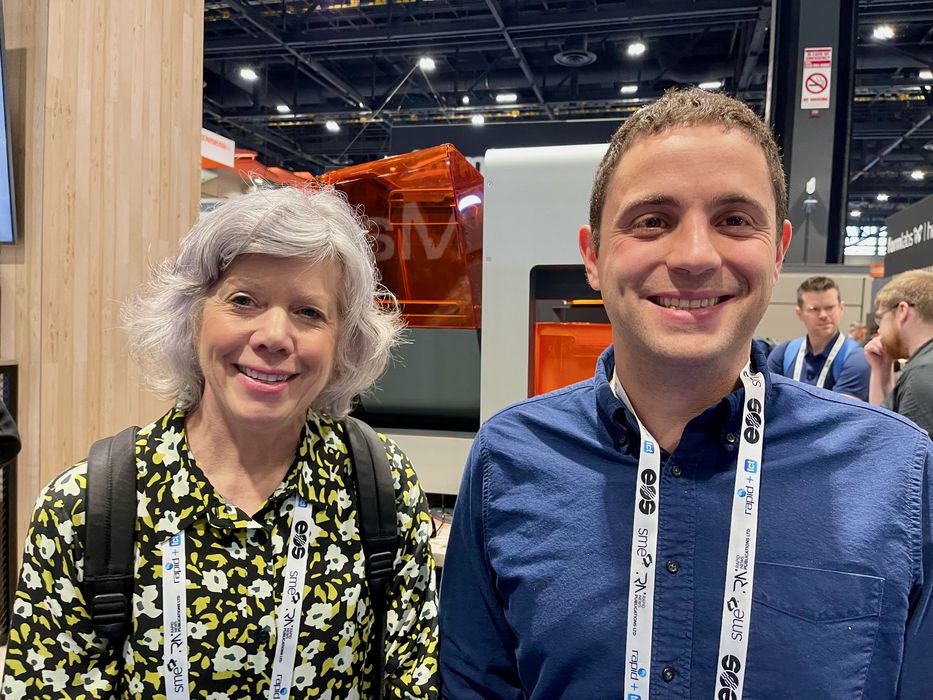
We recently had a conversation with Max Lobovsky, the founder of Formlabs, concerning the company’s latest advances.
Formlabs’ latest progression is their innovative “Automation Ecosystem“. This system consists of an accessory, the Form Auto, which attaches to their Form 3 3D printers. It is designed to unload and reload print plates autonomously, eliminating the need for manual intervention. Furthermore, they have developed a software known as “Fleet Control” to effectively manage a group of printers, optimizing job dispatch.
The final component of this ecosystem is a high-volume resin solution that significantly lessens the number of times operators have to reload cartridges.
A Second Attempt at Automation: From “Form Cell” to “Automation Ecosystem”

This Automation Ecosystem represents Formlabs’ second foray into 3D printing automation. Several years prior, the company made its initial attempt with an automation project called the “Form Cell“. This was a robotic system devised to transfer print plates amongst an array of printers.
When asked about the progress of the Form Cell, Lobovsky responded:
“The Form Cell was a bit of a stretch for us, so we set out to design a robotic solution that was more of the ‘Formlabs Way’”.
The team carefully examined what operators actually perform in production scenarios. They recognized that there could be a more cost-efficient approach to automation by focusing on specific process bottlenecks. This analysis led to the creation of the present Automation Ecosystem, which is significantly more affordable for customers compared to the earlier Form Cell.
The Focused Approach to Automation and its Effectiveness
Examining closely, the automation system doesn’t completely take over all tasks. Rather, it targets a substantial part of the manual labor and reduces it to a minimum. For instance, operators still have to load the machines with resin, but the frequency of doing so has been greatly reduced.
Evidence suggests that this new approach is yielding positive results. Their software monitors activity, and data reveals that the average machine usage rate is higher when the automation system is installed, particularly during weekends. This indicates extensive utilization of the automation system and has led to higher return on investment for companies implementing the Automation Ecosystem.
Lobovsky confirmed that this system “effectively frees up staff for other, more crucial tasks,” which is undoubtedly beneficial.
I got the impression that Formlabs is selling significantly more units of the Automation Ecosystem compared to the Form Cell.
When queried about the future of their robotic solutions, Lobovsky did not disclose specific details. However, he did say this:
“There’s more to come.”
Via Formlabs
